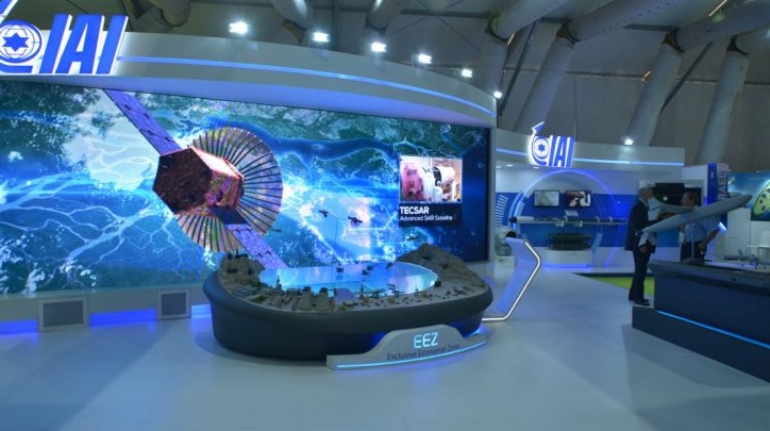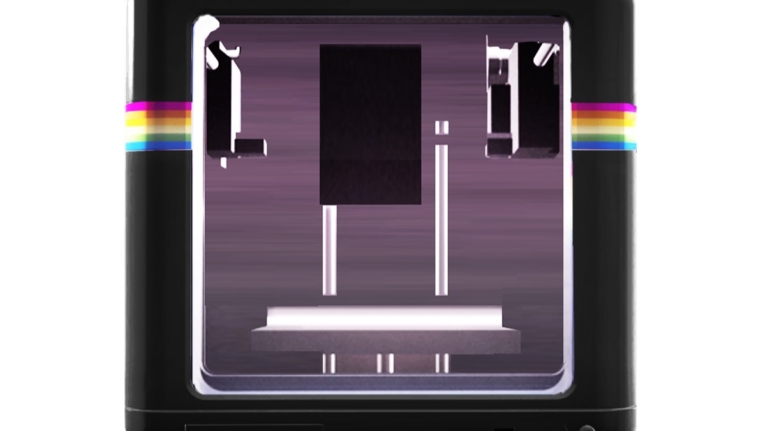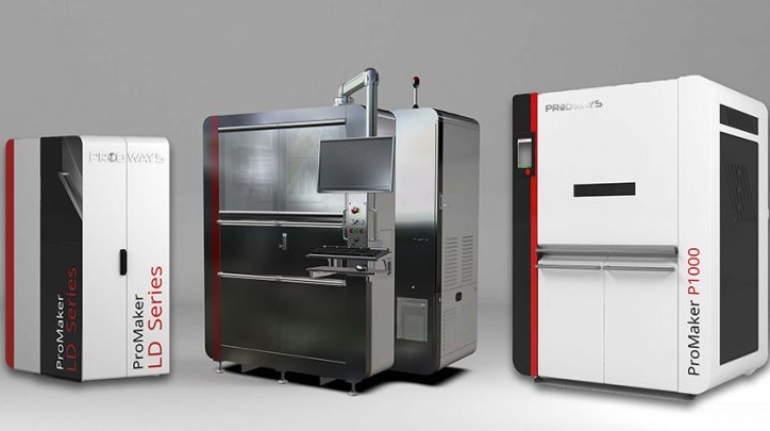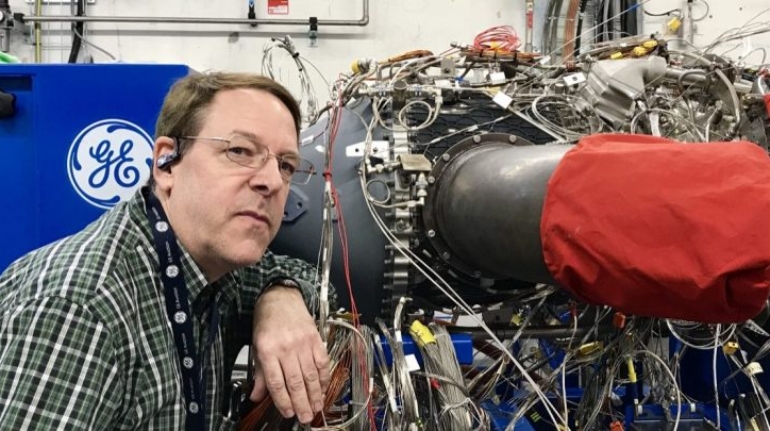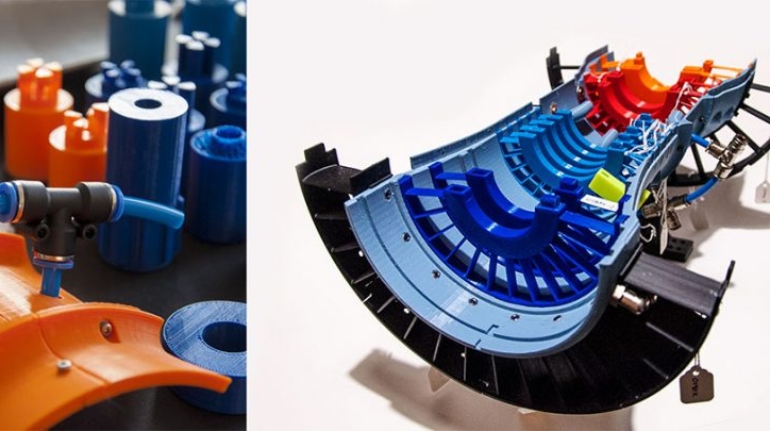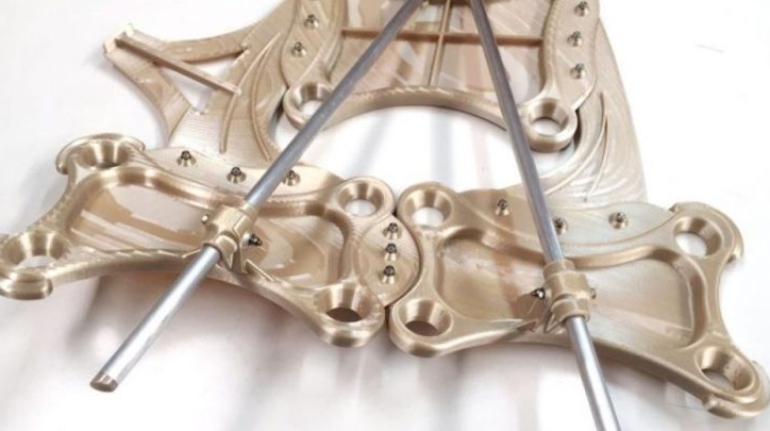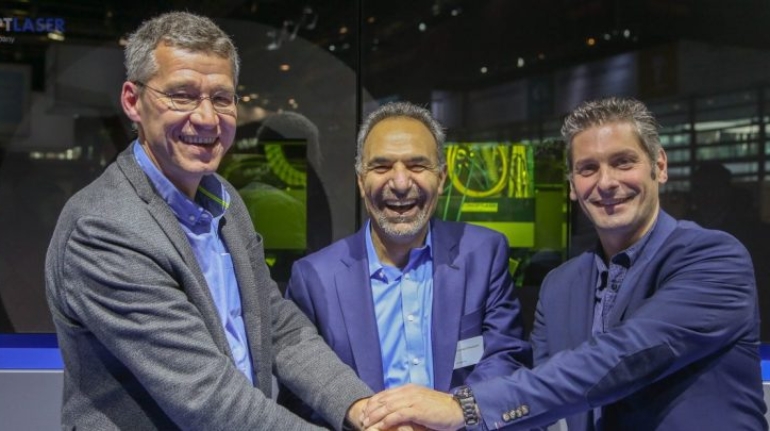Pzartech Ltd Joins Hangar Labs by BEDEK to Help Reduce Downtime in Aerospace Maintenance AM Industry
Pzartech, a startup specializing in on-demand distributed manufacturing through 3D technologies, is joining Hangar Labs by BEDEK. The innovation commercial aviation program of Israel Aerospace Industries Ltd. is thus welcoming the first startup to collaborate on visual recognition of mechanical parts. The aim is to eventually ease the work of maintenance technicians thus reducing downtime.

